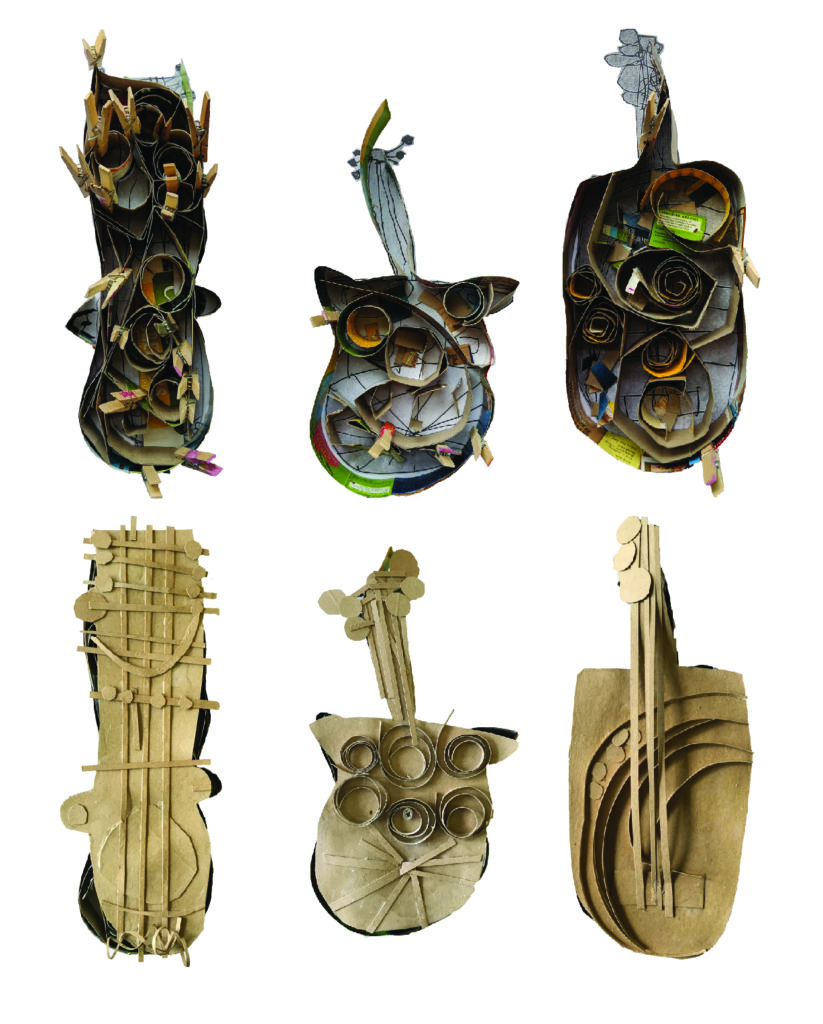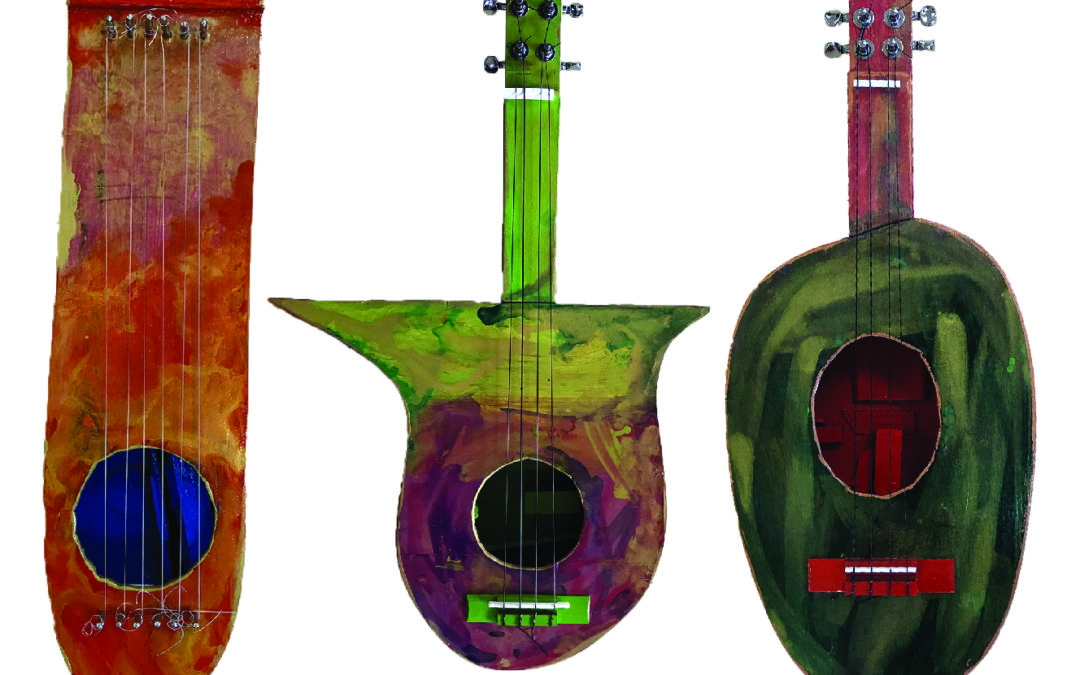What happens when we allow time for learning? An example of a long-term creative project in a preschool classroom
An excerpt from my recent article in Early Insights.
Parents and policy makers are often misinformed about what teachers need to improve learning outcomes for children. Many think teachers need more training or more technology. Others think more testing is the answer. Yet what teachers really need is additional time. I don’t mean more time to prep and plan, although that’s often true. I mean time to be with children, to be truly present with children — in all the patient and slow ways that nurture deep learning. This is because learning, thinking, and playing take time. Teachers need permission and encouragement to observe children and allow ideas to develop.
We know this, based on our own experience. As adults, when we have something new or difficult to learn (think both long term projects like learning a new language or short term tasks like programming a home security system) the last thing we need is someone timing us and rushing us through the learning process — eyes on the clock, insisting we move on after a designated period of time. Yet that’s exactly what happens in most classrooms, even those serving our very youngest children. State boards of education require or recommend a specific minimum number of instructional minutes for core subject areas like reading and math. In the federal Head Start program in the US, for example, which serves young children ages three to five, teachers are required to address five domains of learning in the daily curriculum. This is besides finding time for meals, naps, and brushing teeth. Systems of accountability at every level, from government agencies to funders to parents, pressure teachers into rushing from one activity to another, to accomplish more and faster. In teacher preparation and training programs, struggling teachers are offered time management tips, with the implication that if only they tried harder or organized their time better, they’d be able to do everything required in the allotted amount of time.
The importance of taking time for learning is clearly illustrated when we compare traditional early childhood programs with schools following a Reggio Emilia approach. Reggio Emilia is a city in Italy that gained global recognition for the quality of its preschools and infant-toddler centers. Schools that follow a Reggio-inspired approach create their own curriculum based on the interests of the children. The emergent projects (often called investigations) might involve a whole class or just a few children and typically last for several weeks.
To demonstrate what happens when teachers are allowed the time to nurture children’s interests and facilitate learning, let’s look at an example of an extended investigation. Preschool of the Arts in Madison, Wisconsin serves about 200 children between the ages for 18 months and five years old (Full disclosure: I was Executive Director from 2017 to 2019). In the fall of 2018 the Gold Room, a class of four year old children, became fascinated with a broken double bass that had been donated to the school. The team of teachers, which included classroom teachers as well as art and music specialists, observed that what children found most interesting about the bass was its brokenness. This led to questions and conversations about how the instrument was made and its structure.

Soon the children expressed an interest in building their own “real” musical instruments. Of course , none of the teachers had ever built a musical instrument before. Yet art specialist Kelly Blondin facilitated the process and the teachers learned side-by-side with the children over the course of almost a full year. The project progressed and was sustained both in the class’ once a week art studio visits and in the daily classroom play and activities.
The instrument project demonstrates many of the characteristics and benefits of slow, patient, and deep learning. One key element to the long-term success of this project was the opportunity to develop multiple iterations of their instruments. This was not a “one and done” construction project. The children worked in teams to develop prototypes using several different kinds of materials — first on paper, then in clay, then with metal, then cardboard, and finally wood.
The practice of representing an idea multiple times, each time using a different medium, is aligned with the Reggio Emilia concept of “the hundred languages of children.” The influential founder of the schools of Reggio Emilia, Loris Malaguzzi, described this concept, “The child has a hundred languages, a hundred hands, a hundred thoughts, a hundred ways of thinking, of playing, of speaking.” Sometimes called multi-modal learning, the creation of a design multiple times using a different medium each time, provides opportunities for deep learning because it requires children to use higher order thinking — to compare and contrast, to make connections, evaluate, and to test and refine their theories about how things work.
Using a variety of different media also requires learning how to use a variety of different tools. Before they began constructing instruments with wood, the children in the Gold Room spent time learning to use real woodworking tools and practicing the techniques necessary to bend and glue a real stringed instrument. This was not just manual labor, however. The project involved the students in mathematical processes like measuring and calculating angles. The children also developed new vocabulary and were challenged to communicate and collaborate in new ways.
This type of project-based learning meets a full range of learning standards, requirements that are typically measured in the few short minutes of daily class instruction. Slicing the school day into small snippets of instruction may be convenient for assessment, but it’s not how children learn best. A sustained experience like the instrument project will cover just as many different subject areas and learning objectives as a series of short daily lessons but the evidence used for assessment will be the documentation of the children’s learning process — the questions, decisions, actions, and behaviors that children demonstrate while they are working together, actively exploring and experimenting with new ideas and materials. When a group of children are deeply engaged in a creative project, thirty minutes of lively conversation will cover a week’s worth of language and literacy objectives.
The most surprising thought of all? To reap the benefits of extended project work, teachers don’t need to study Reggio Emilia or earn a master’s degree. They simply need to slow down, breathe and listen to the children. Are we willing to let them?
Photos courtesy of Preschool of the Arts.
- Preschool of the Arts: www.preschoolofthearts.com
- The Reggio Emilia approach, visit: www.reggiochildren.it


Recent Comments